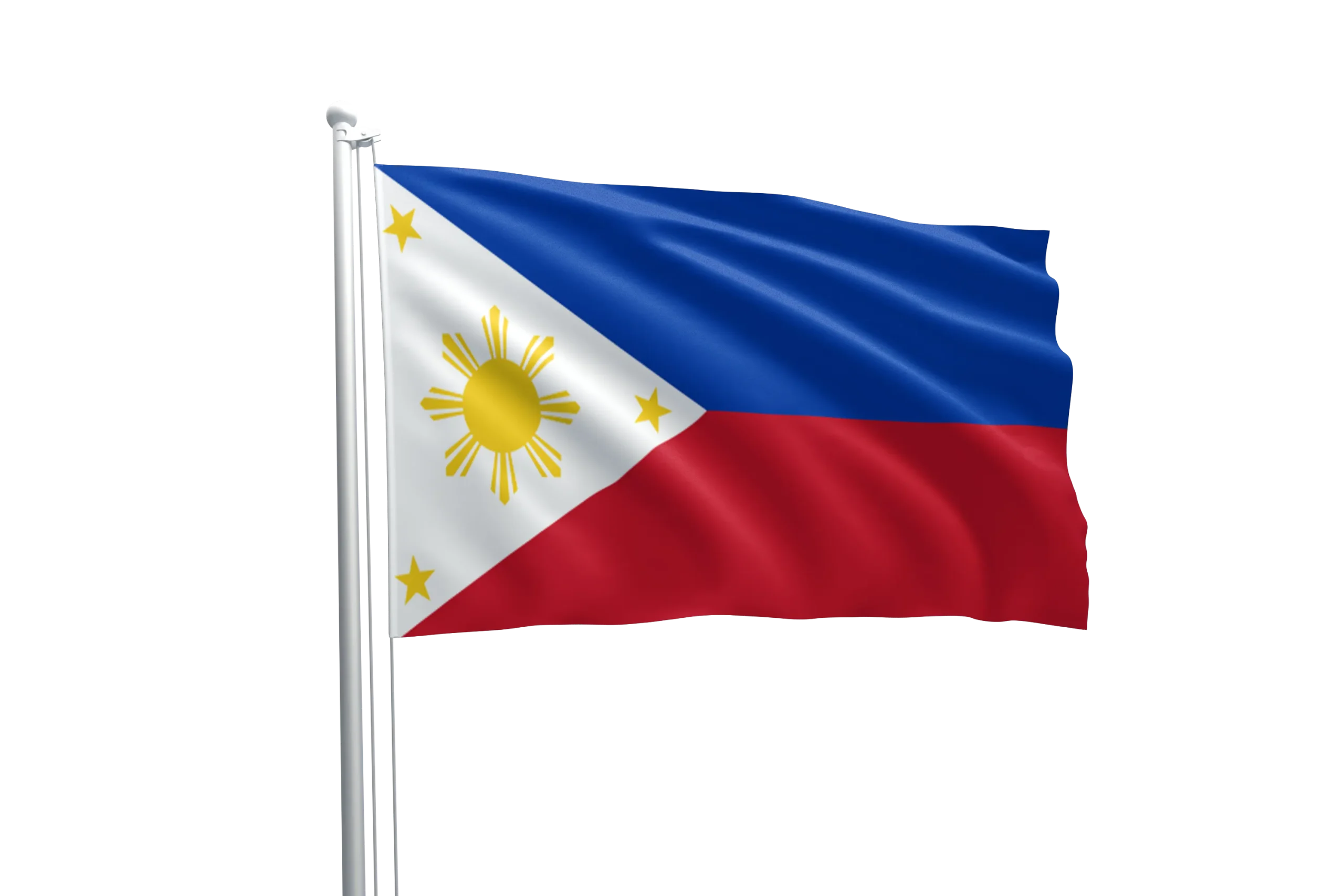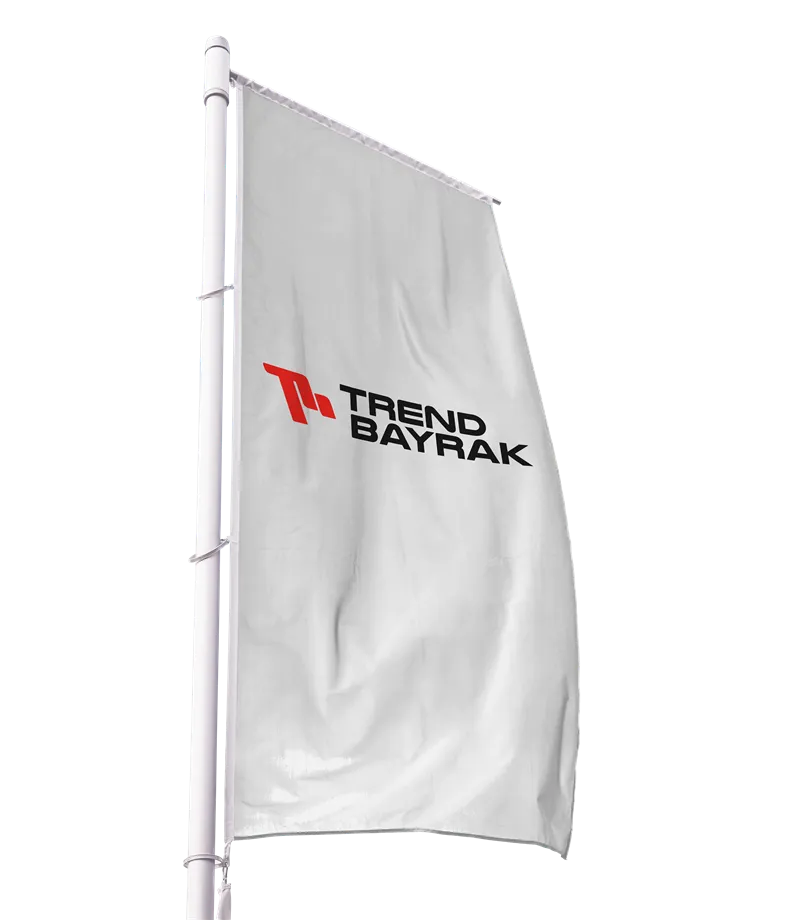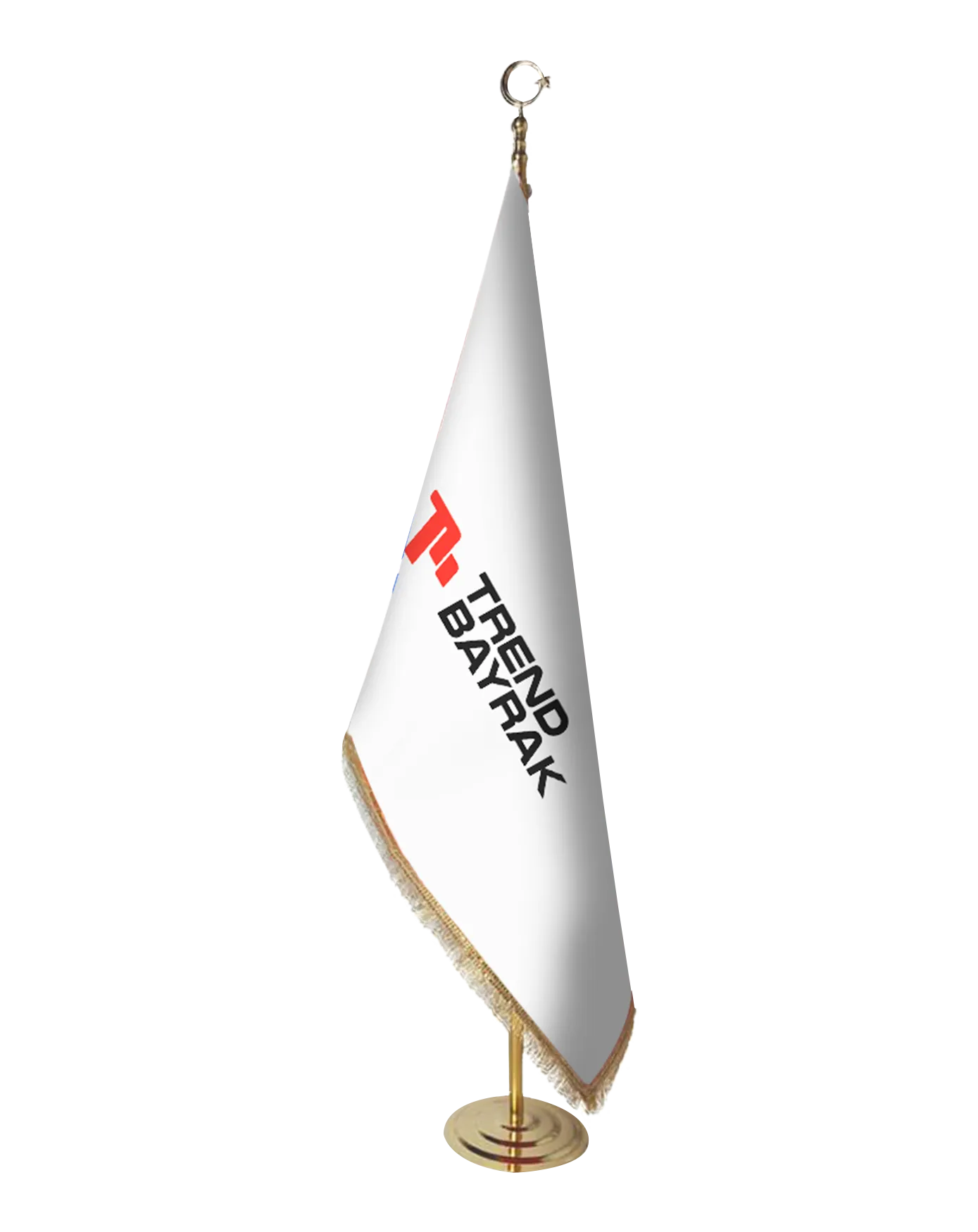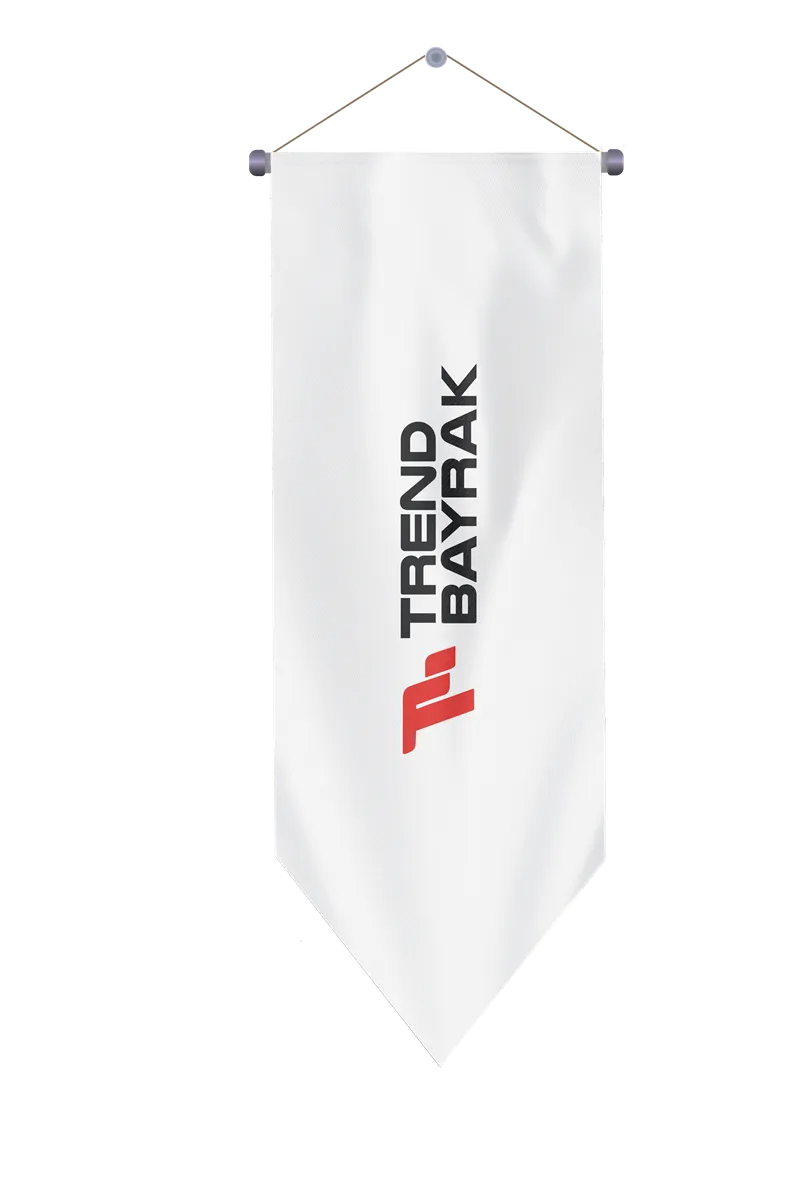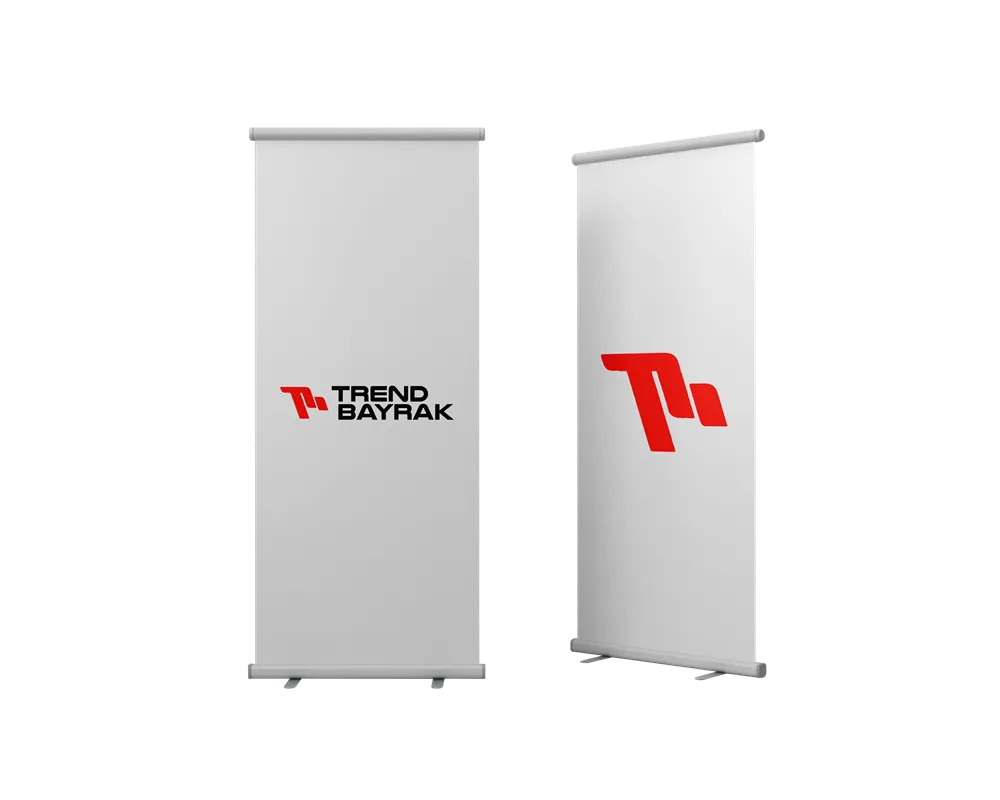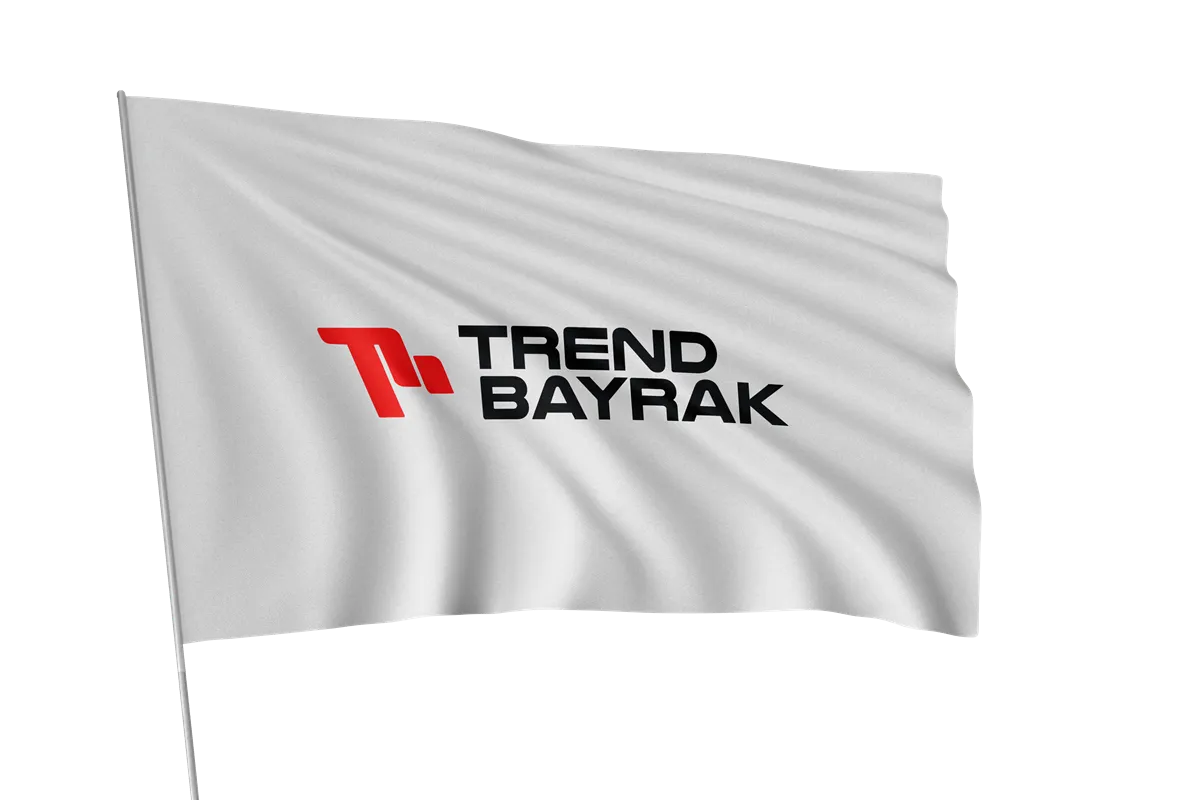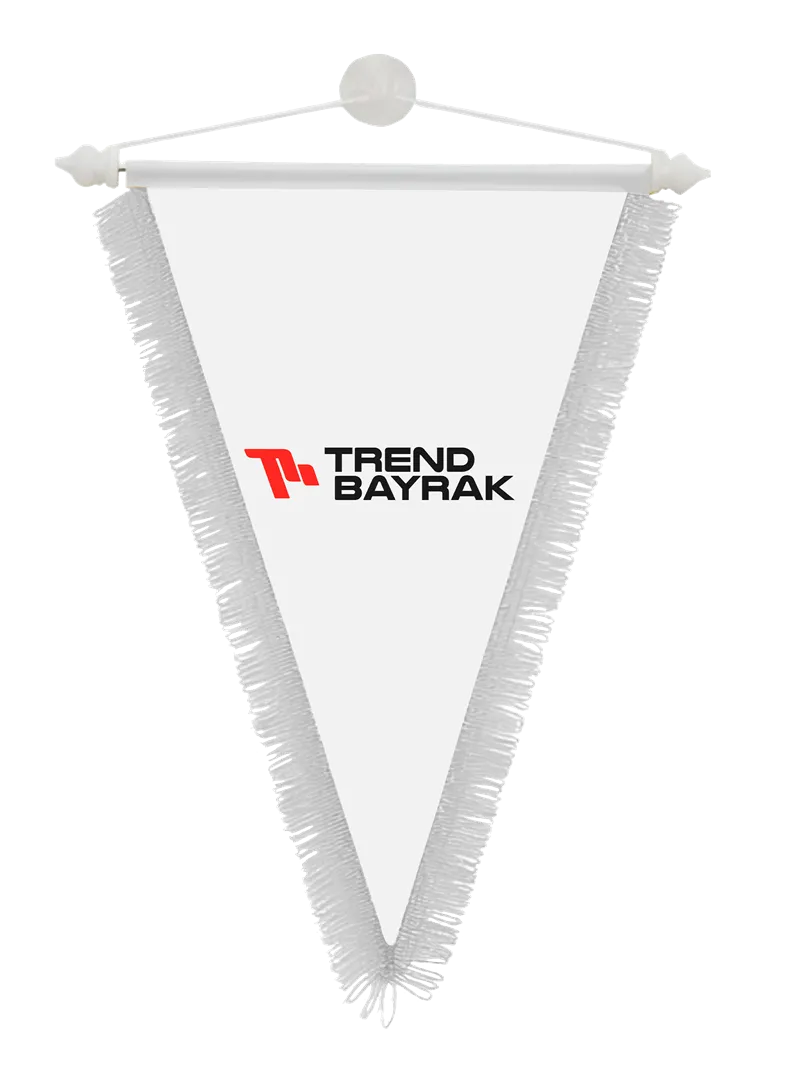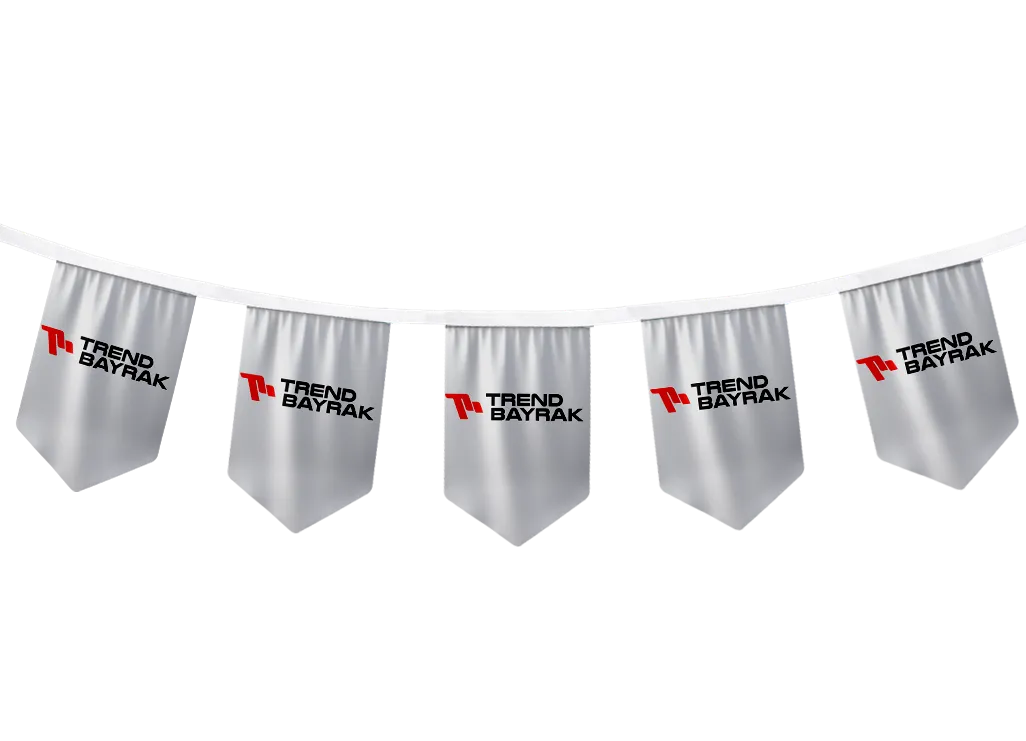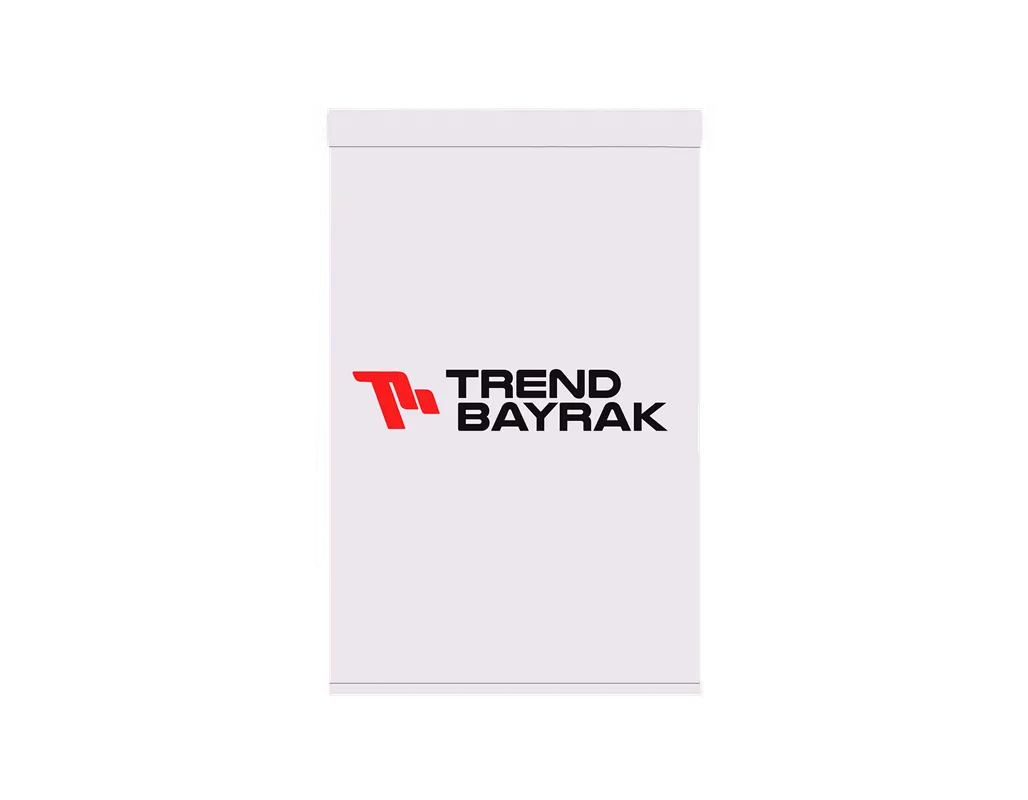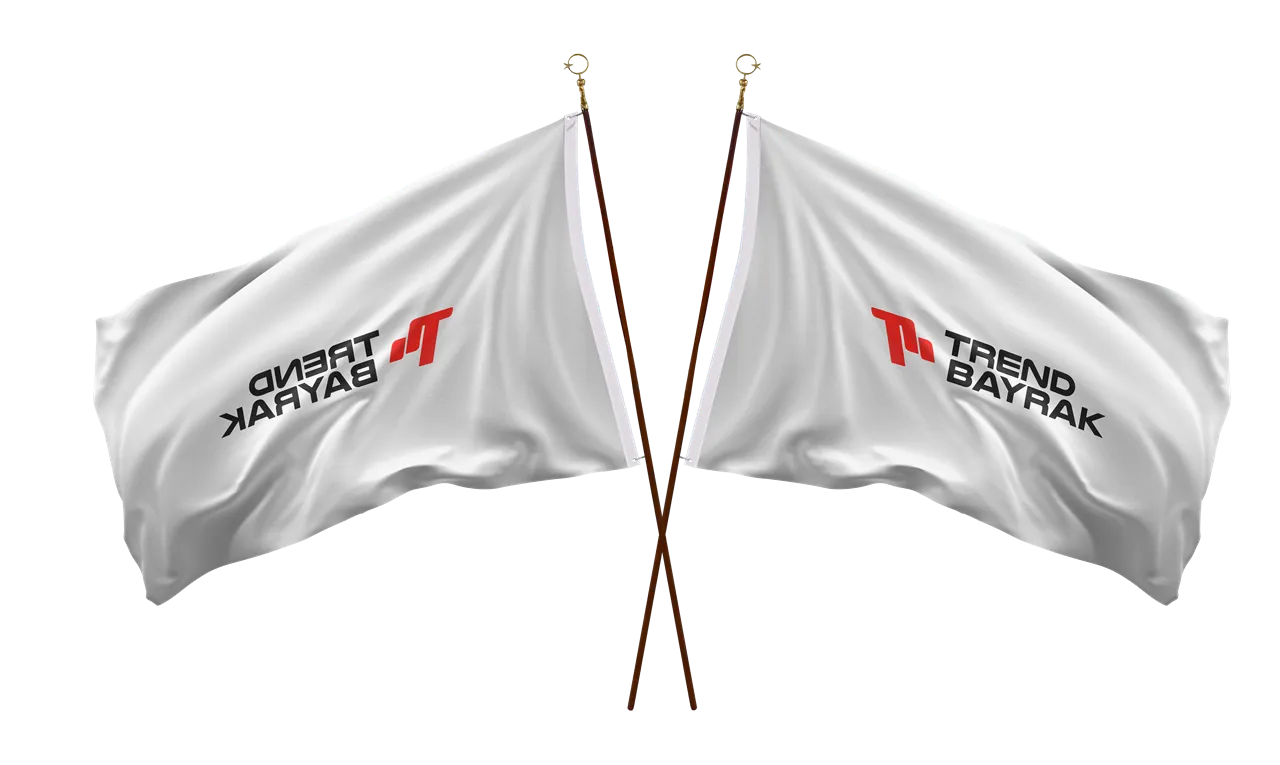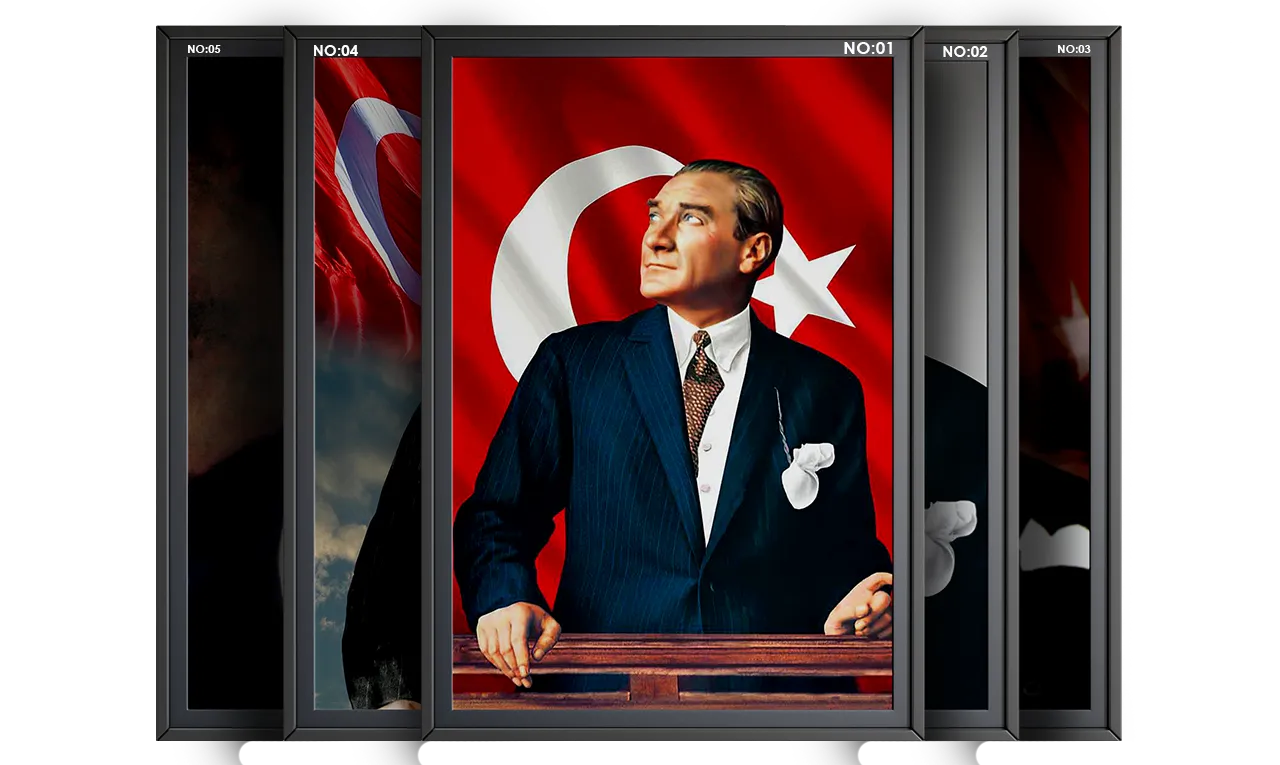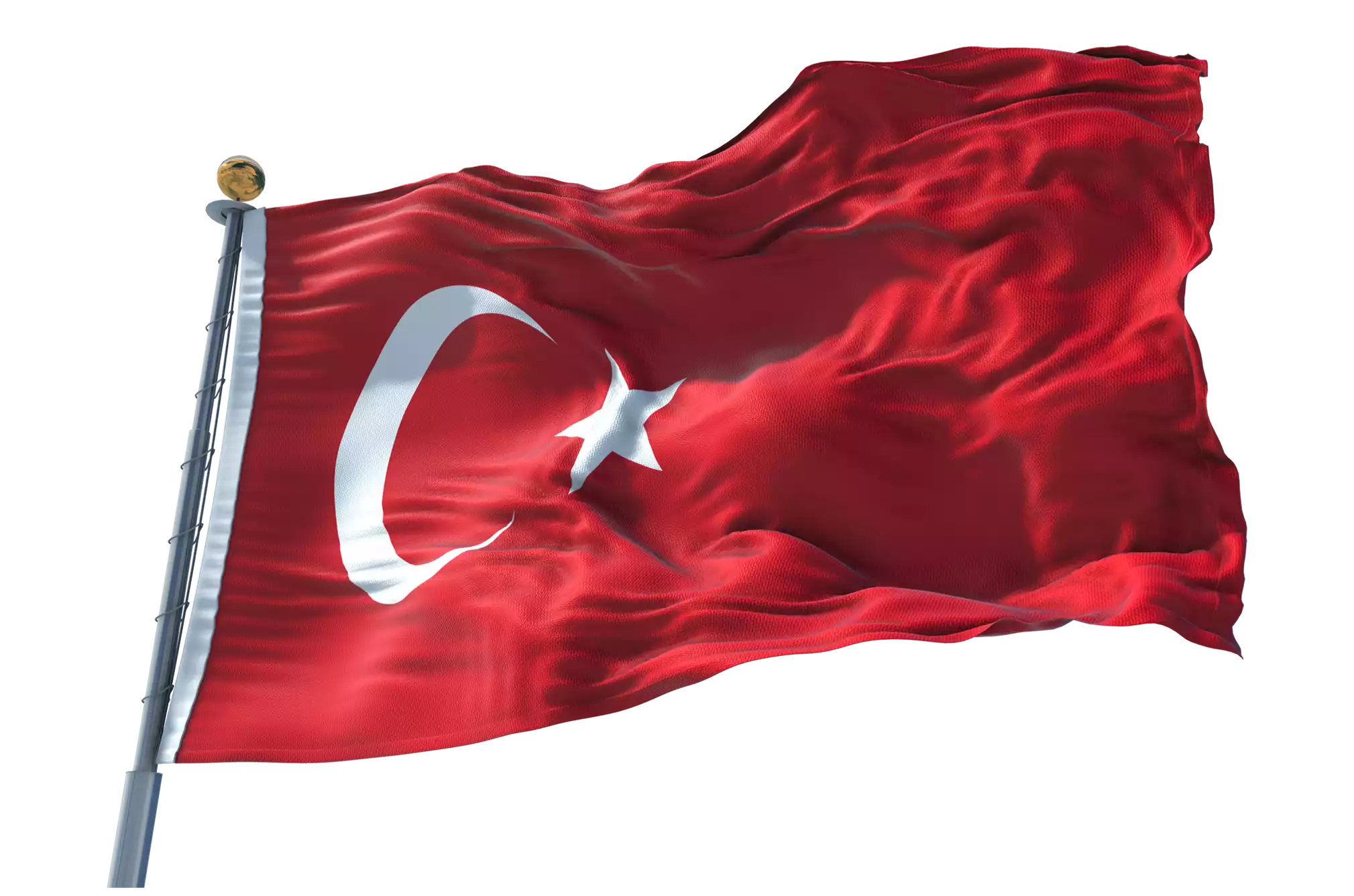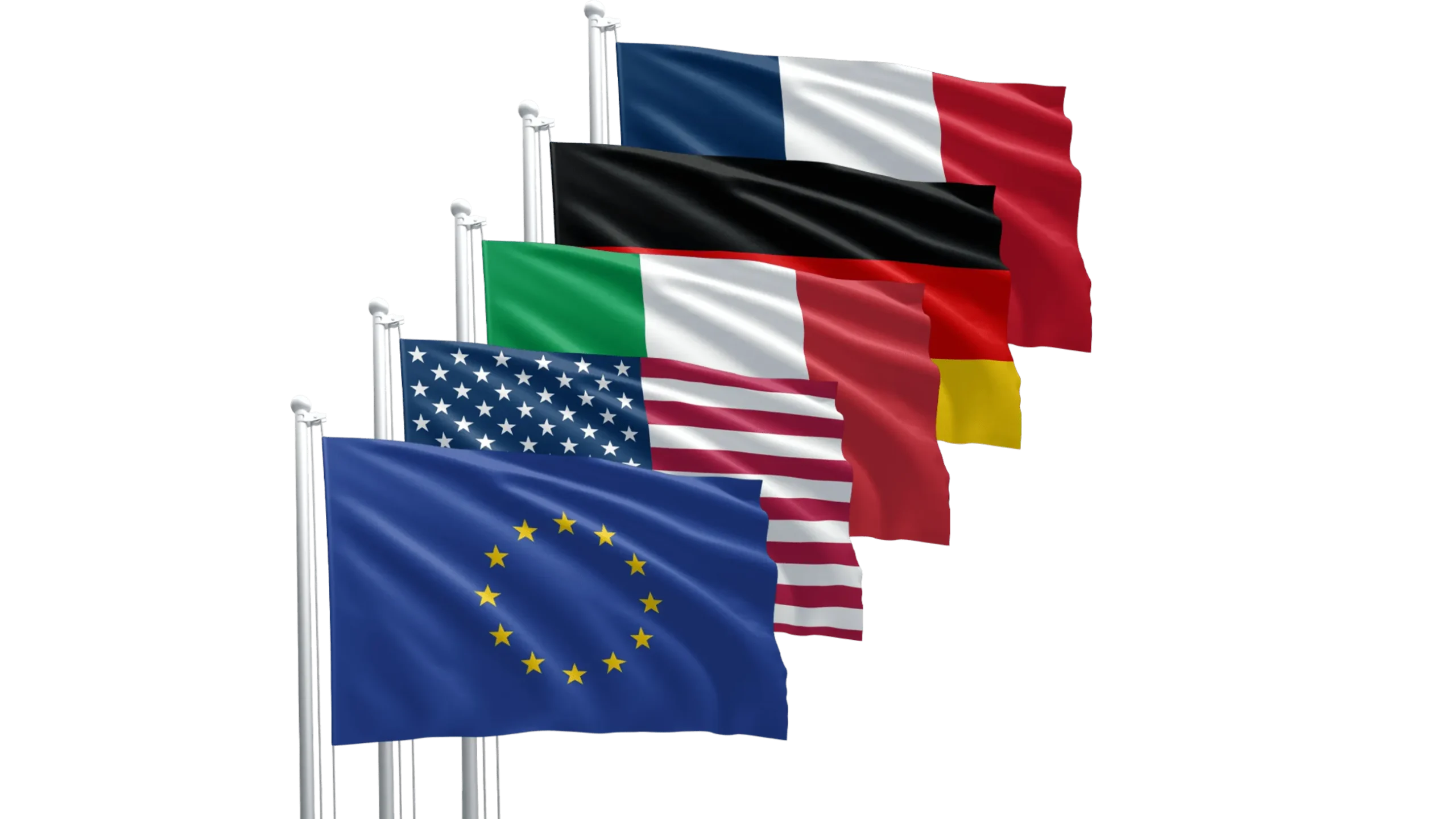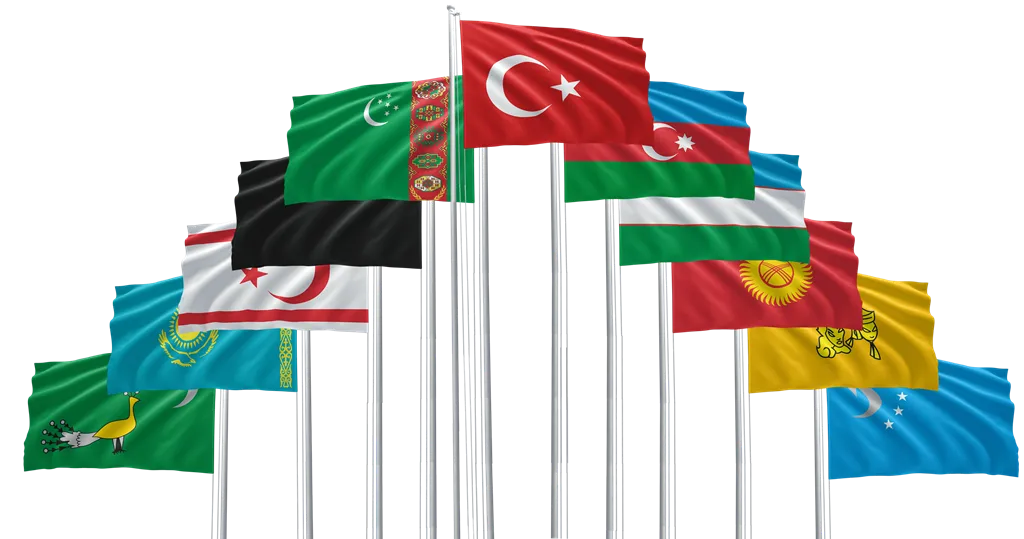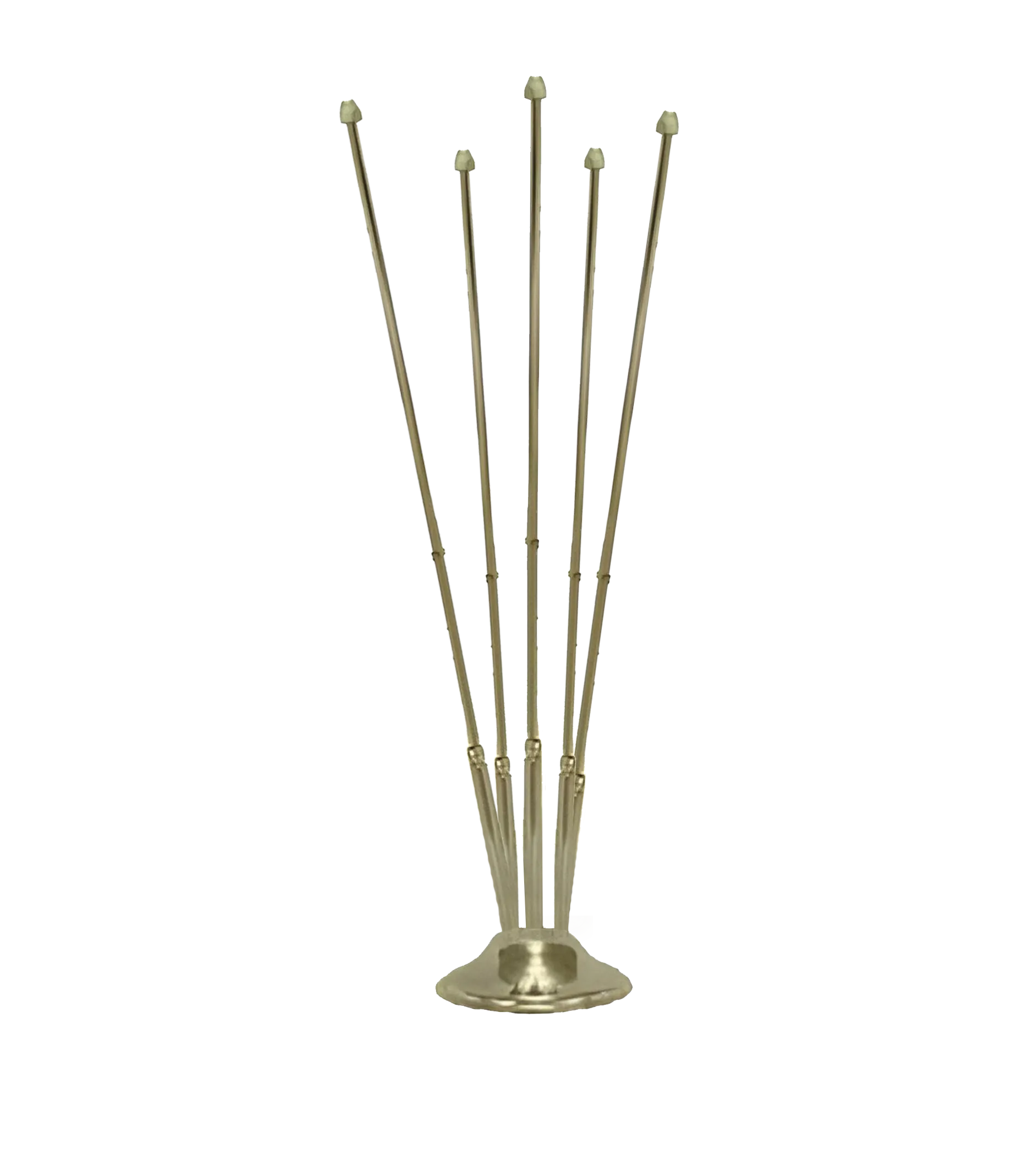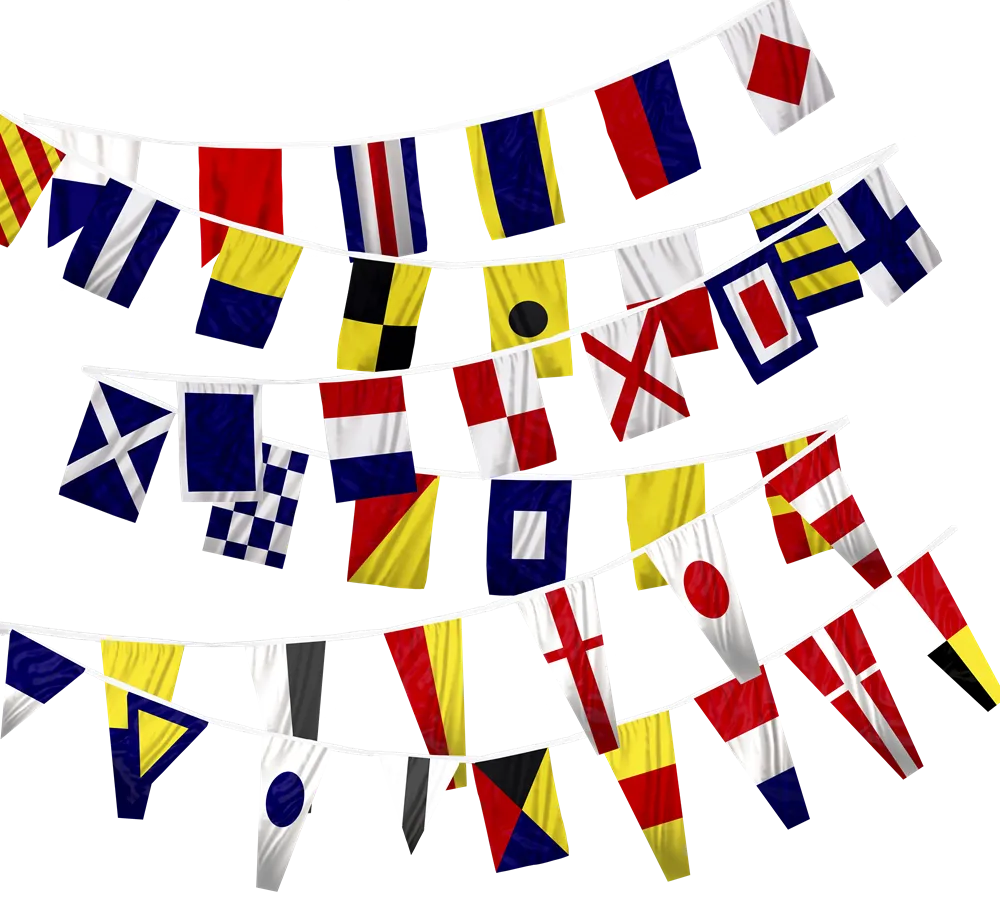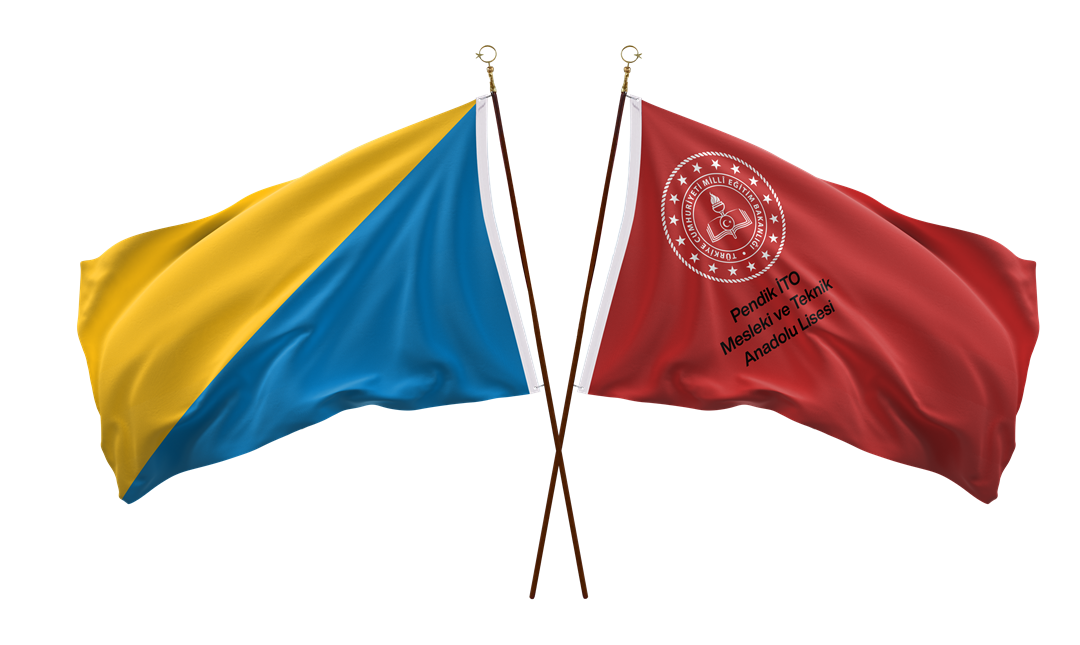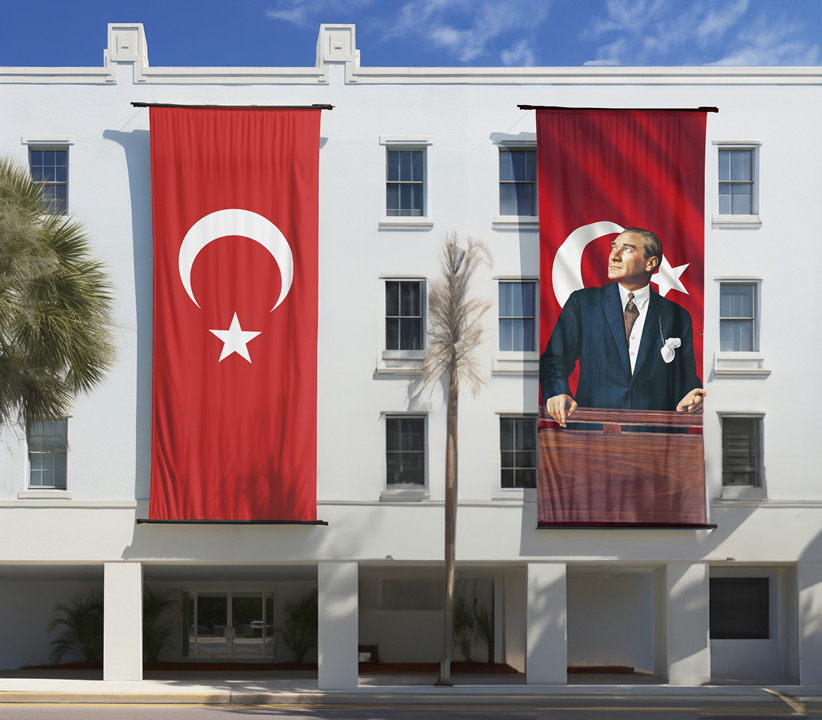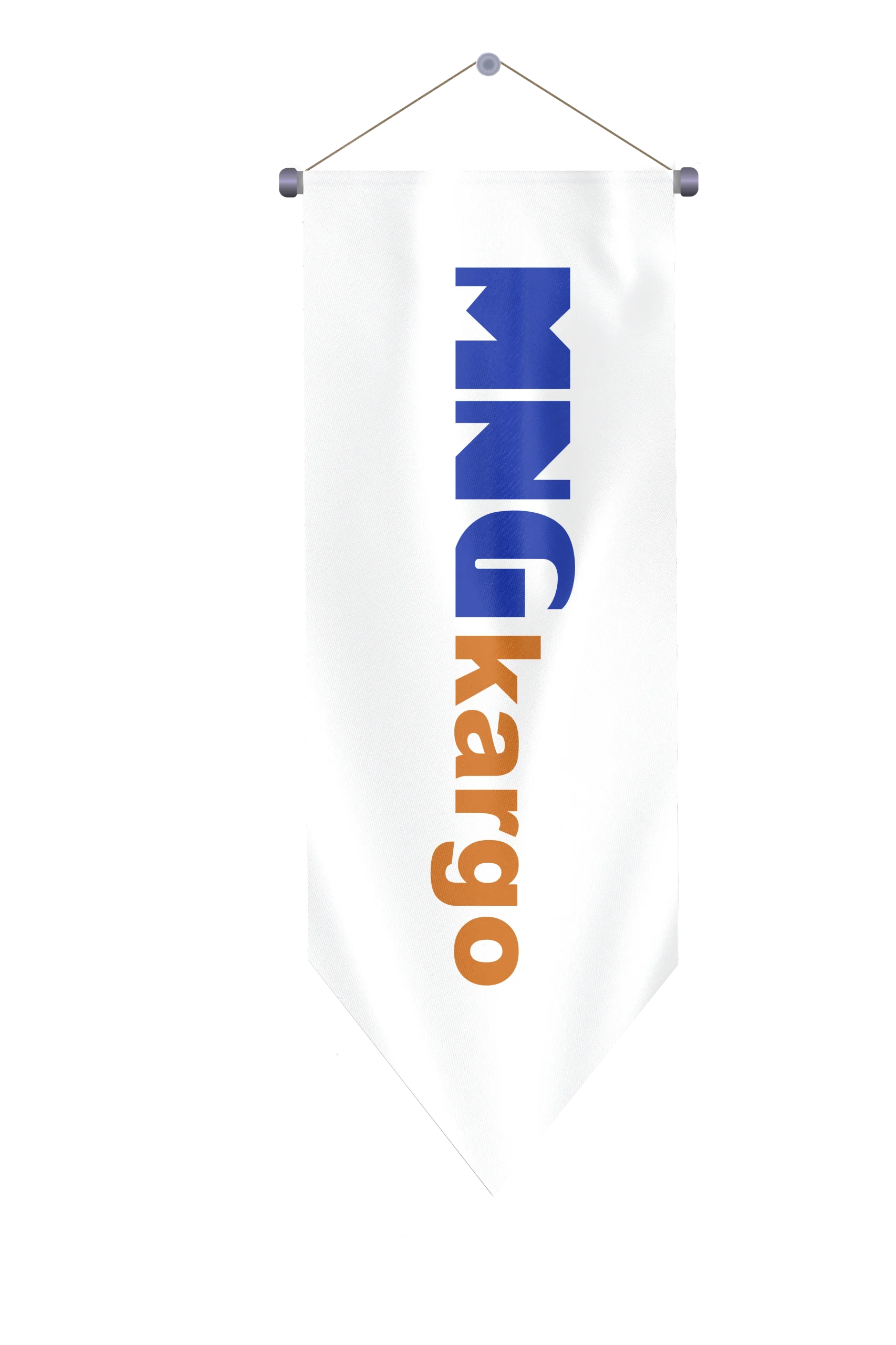Flag of the Philippines
Country flags are used indoors and outdoors, from official ceremonies to various organizations. They are frequently supplied by consulates, associations, political parties, companies, hotels and fair organizations. Another name is state flags.
- The 3 sides of our products are produced with double needle technique as standard.
- Extra column reinforcement to the wick part is made as standard in large sizes
- Folded one by one and packed with gelatin.
History of the Philippine Flag
The flag of the Philippines, known for its unique design, features four different colors. This flag, with an interesting history, was adopted relatively recently. The Philippines, having gained independence from Spanish rule, first raised its flag in 1898. However, after becoming a colony of the United States, the country was unable to use its flag until 1907. In 1920, a public referendum lifted the ban, but shortly after, the Philippines was occupied by Japan. During the Japanese occupation, the use of the Philippine flag was prohibited for a year in 1942. After Japan’s occupation, the country fell back under U.S. rule until 1945. During this period, the flag was also banned for one year. However, after being granted freedom in 1946, the Philippines resumed using its own flag. The current official design was adopted and used both officially and nationally starting in 1997. The flag, featuring a sun emblem, red and blue stripes, and white and yellow colors, was officially raised and accepted in 1997. Since then, it has been used unchanged and without the need for restoration. The original design was created in 1897 by General Aguinaldo from Hong Kong, with the final design being established in 1997 after minor modifications.
Meaning of the Philippine Flag
From the 1800s until 1997, the Philippines was under colonial rule and had to display various foreign flags. The complete independence and official acceptance of the flag date back to 1997. Since then, the Philippine flag has been clearly recognized and continuously used. Although there were periods of prohibition, these have been removed in the new era, allowing the country to use its flag in a modern manner for religious, political, economic, and physical representation. The flag’s design is simple yet distinctive. The top right corner is blue, the bottom right corner is red, and a white triangle is placed on the left side. Within the white triangle, there is a yellow sun with eight rays, and yellow stars at each corner of the triangle. The stars have five points each. The red color on the flag represents the blood shed for independence and symbolizes the courage and freedom gained. The blue section represents peace, justice, and purity. The white equilateral triangle represents the nationalist organization called Katipunan and equality. The yellow stars on the white triangle symbolize the three main geographical regions: Luzon, Mindanao, and Cebu. These regions are the most significant geographical areas of the country. The eight-rayed yellow sun is the greatest symbol of independence and represents the rebellion against Spanish rule.
Dimensions of the Philippine Flag
The standard dimensions for the Philippine flag are set at 70×105 cm. However, we also provide custom sizes for special requirements. In our continuous production of flags, each country’s flag is produced in various sizes as needed.
Uses of the Philippine Flag
For the Philippines, which has achieved independence after a challenging struggle, the use of the national flag is highly significant. The flag must be displayed in numerous national, political, economic, and spiritual contexts. It should be prominently flown at all official and government institutions. Especially since the sun and stars on the flag have deep meanings, the flag is used both indoors and outdoors. It is displayed in educational institutions, healthcare facilities, and various stores, cinemas, and similar establishments within the country. Additionally, it should be present in national and international conference rooms, behind presidents, and in numerous other settings. The flag is also seen both inside and outside of foreign embassies. It is used in sports venues, extra educational spaces, and competitions in various sizes. The flag is needed at beaches, constitutional and legal buildings, and in local public meetings.


